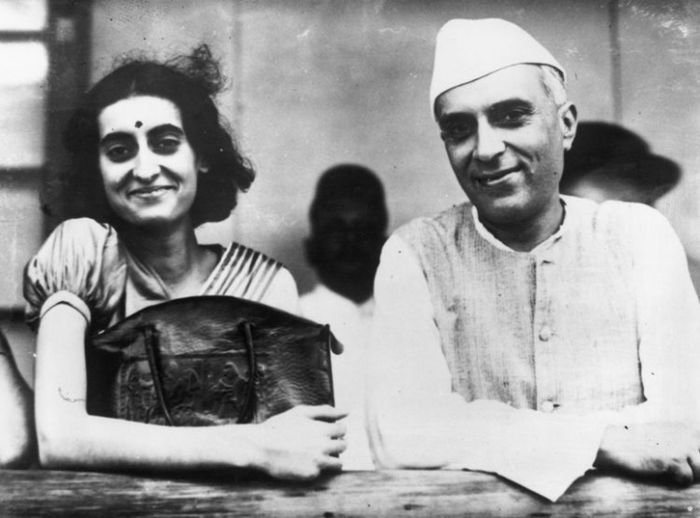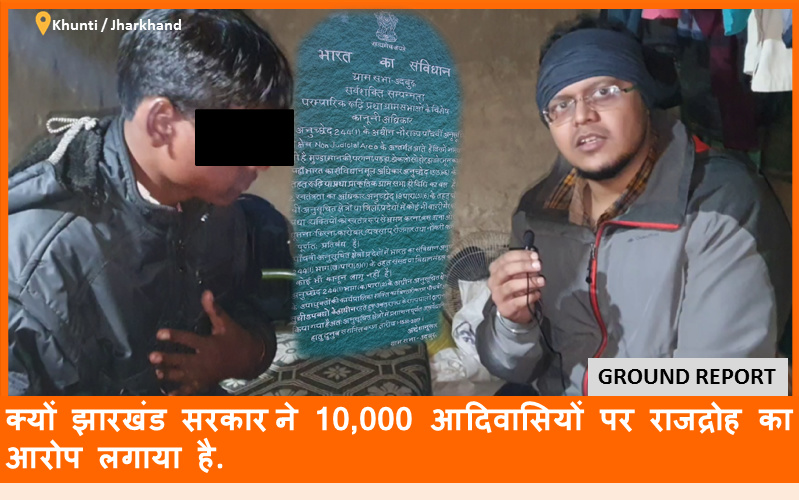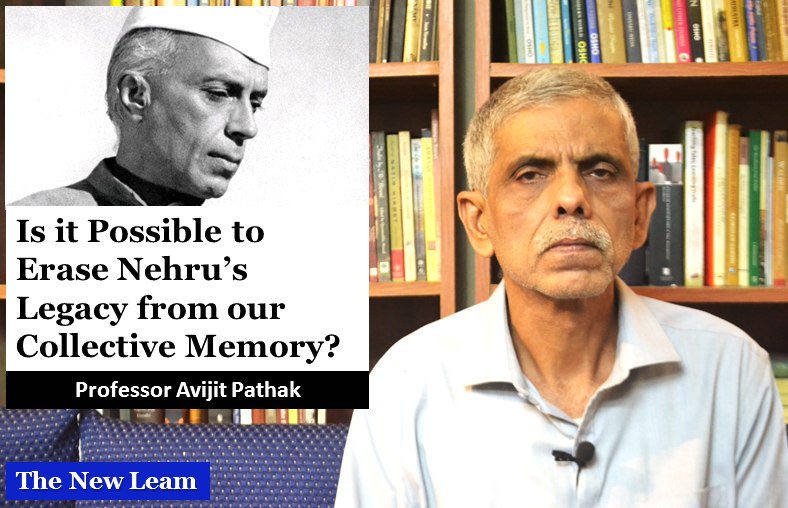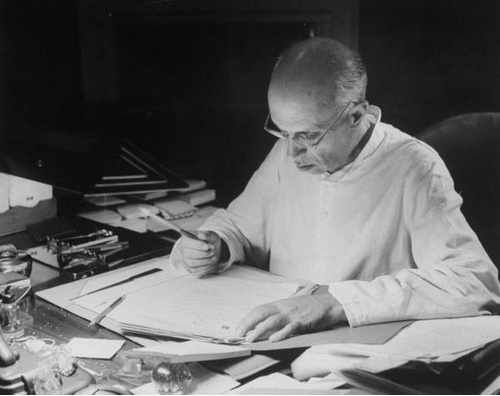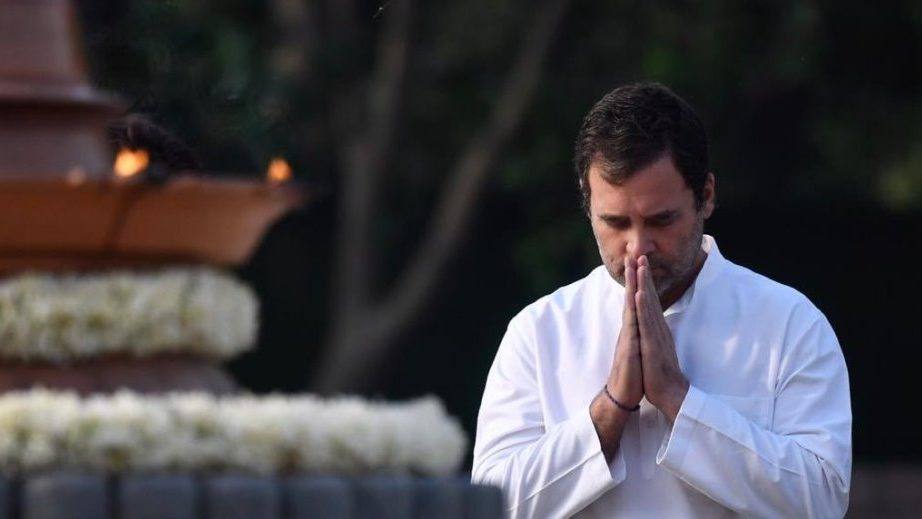What is the best way for a father to communicate with his daughter when she is far away from him living in a hostel? The bond between a father and a daughter is such that no matter how far they are from each other, it is the beating of the heart that brings them together. It was in the summer of 1928, that Jawaharlal Nehru first decided that despite the distance, he wanted to build a bridge of love and understanding with his daughter Indira.

Indira was in boarding school at that time and lived far away from her family in Mussoorie. Certainly this wasn’t the time of instant communication where at the click of a button distances of hundreds of miles could be conquered, it was rather a time when people wrote letters.
Letter writing was an exercise that demanded not only the careful attendance of the writer but also her creativity, her patience and an imagination of the hypothetical response of the receiver. Nehru wanted to reach out to the heart of Indira and cultivate her into a thinking, questioning and critical being- he wanted her to think, to relate to the world around, to ask difficult questions and to think about the world through a grasp of history, rationality, science and culture.
He knew that if he wanted to reach out to the mind of his daughter and enable her to be exposed to the world beyond the school- he had to communicate with her in the form of letter writing. In the letters that he wrote to Indira, he talked about a wide range of topics, including languages, trade, history, geography, the epics of the world and science.
Indira Gandhi was growing up reading her father’s letters and as her inquisitively began to prosper, Nehru thought it is a wonderful idea to make his letters more detailed and enable his daughter to dive deeper into the greater debates of our times. When Indira turned thirteen, Nehru’s letters to her became more intense and frequent. Through his letters he wanted to expose his daughter to the wide array of experiences that he had had, to the world visions that he had come across, to the wide knowledge of history and geography and science that enamoured him, to the mysteries of nature and to the fantastic caravan of the greatest epics of the world. After 1930, Nehru went to prison but did not stop writing to his daughter from there.

Naini Prison Jail in Allahabad was hostile to the creative intellect of Nehru but despite the constraint he thought it important to continue writing to Indira. One of the key intentions of Nehru was to introduce Indira to an unbiased view of history and the current state of affairs.
The letters reflect Nehru’s love for nature, people, history, and reflect his desire to inculcate the same values in his daughter.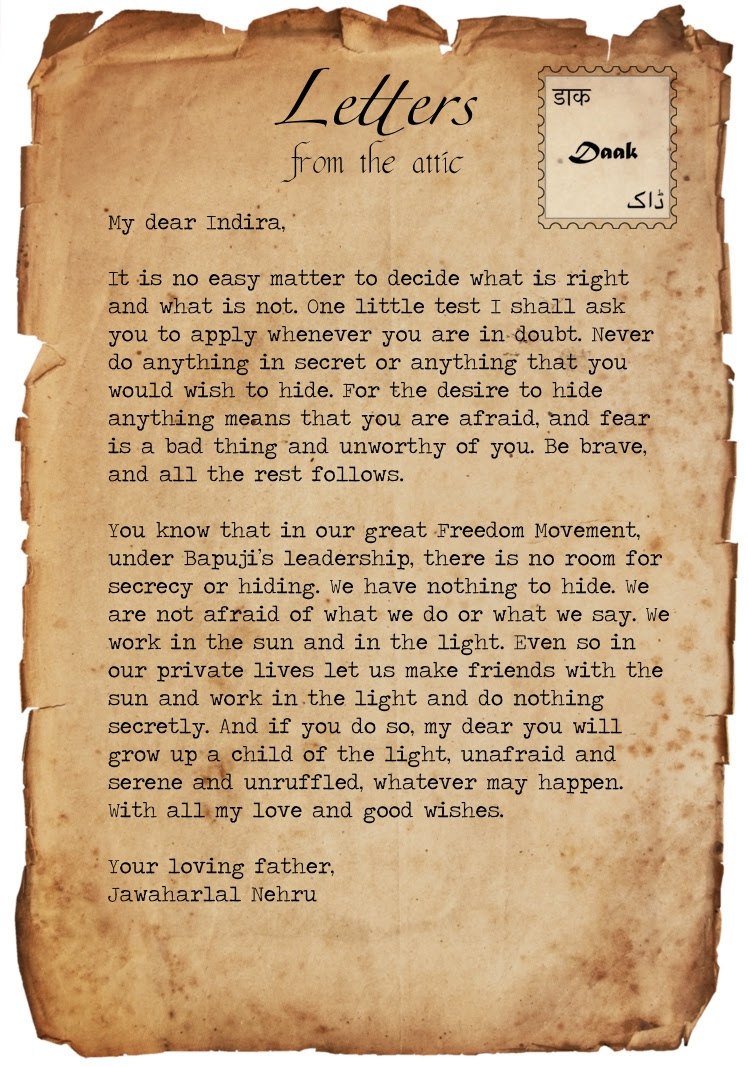

Source : http://daak.co.in
In an introduction to the book, Indira Gandhi writes that it was through these letters that she cultivated her maturity, a vision of looking at the world and her love for people- the letters were the most significant contributors to her sensibilities.
In 1973, Indira Gandhi wrote “These letters aroused a feeling of concern for people and interest in the world around. They taught one to treat nature as a book. I spent absorbing hours studying stones and plants, the lives of insects and at night, the stars.”
The profundity with which Nehru wrote these letters to Indira are sure to have had a tremendous impact on her impressionable intellect and till date when one reads them one realises their value as educational tools.
From world history, epics, civilizations, nature, science, history, economy and trade to religion and culture- these letters are sure to enlighten the flame of imagination. They are the most important tools in shaping Indira. As we remember her on her death anniversary it will be a good idea to read a thought provoking letter that her father wrote her when she was a little girl.

